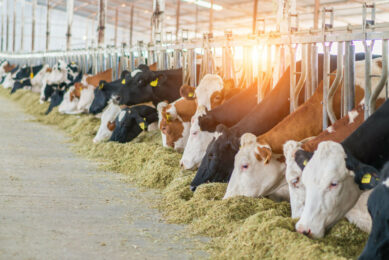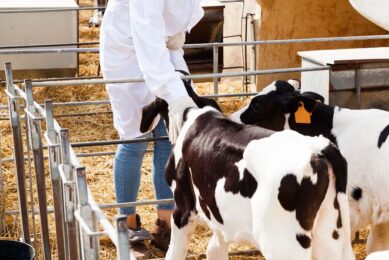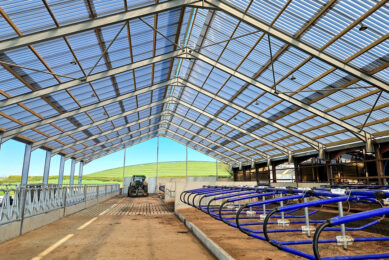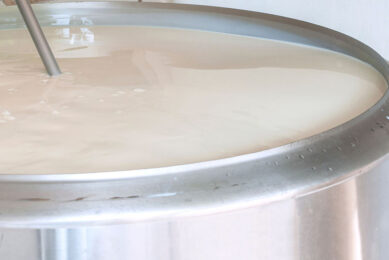How to rear healthy youngstock
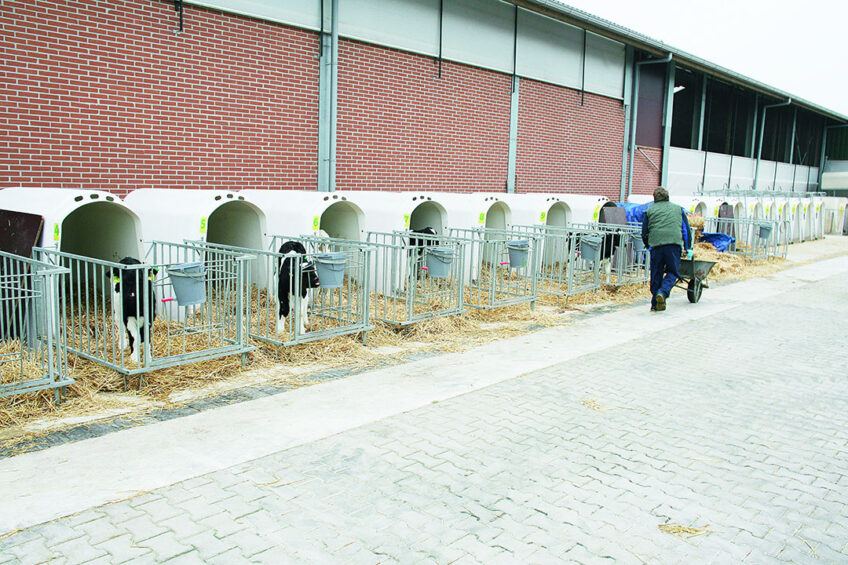
Challenge
Healthy youngstock paves the way for a healthy herd later on. It is therefore imperative to ensure strong bones, muscles, legs and hooves. The first 3 days the calf should have colostrum to take up antibodies – the quicker this happens, the better. Hygiene is a major factor when it comes to healthy calves, but what are the main points to consider?

Photo: Roodbont
Best practice approach
- First of all, a quick calving and clean arrival of the calf are factors that play a role in a good start for the calf.
- The strictest biosecurity measures should be followed when it comes to rearing youngstock to avoid pathogens within the farm or barn.
- The only way to maintain the health of the calf is through highly structured, hygienic and careful work. Make sure pens are clean and that farm workers and equipment are not the source of spreading pathogens.
- Infections can spread through direct or indirect contact. Disease, major changes, cold, draughts, thirst, hunger, loneliness, discomfort and air pollution are all factors that can reduce a calf’s resistance. Build up resistance with good nutrition (and good grass silage, calf milk with the same composition in every feeding), conditions and a clean start – these are factors that will lead to healthy animals. Check bacterial counts in colostrum.
- Always work from youngest to oldest when it comes to feeding and caring for calves – the set up of calf pens can help and make this almost automatic.
- To prevent cross contamination – sick calves should be tended to as quickly as possible.

For more more practical dairy farming tips, check out these books.



